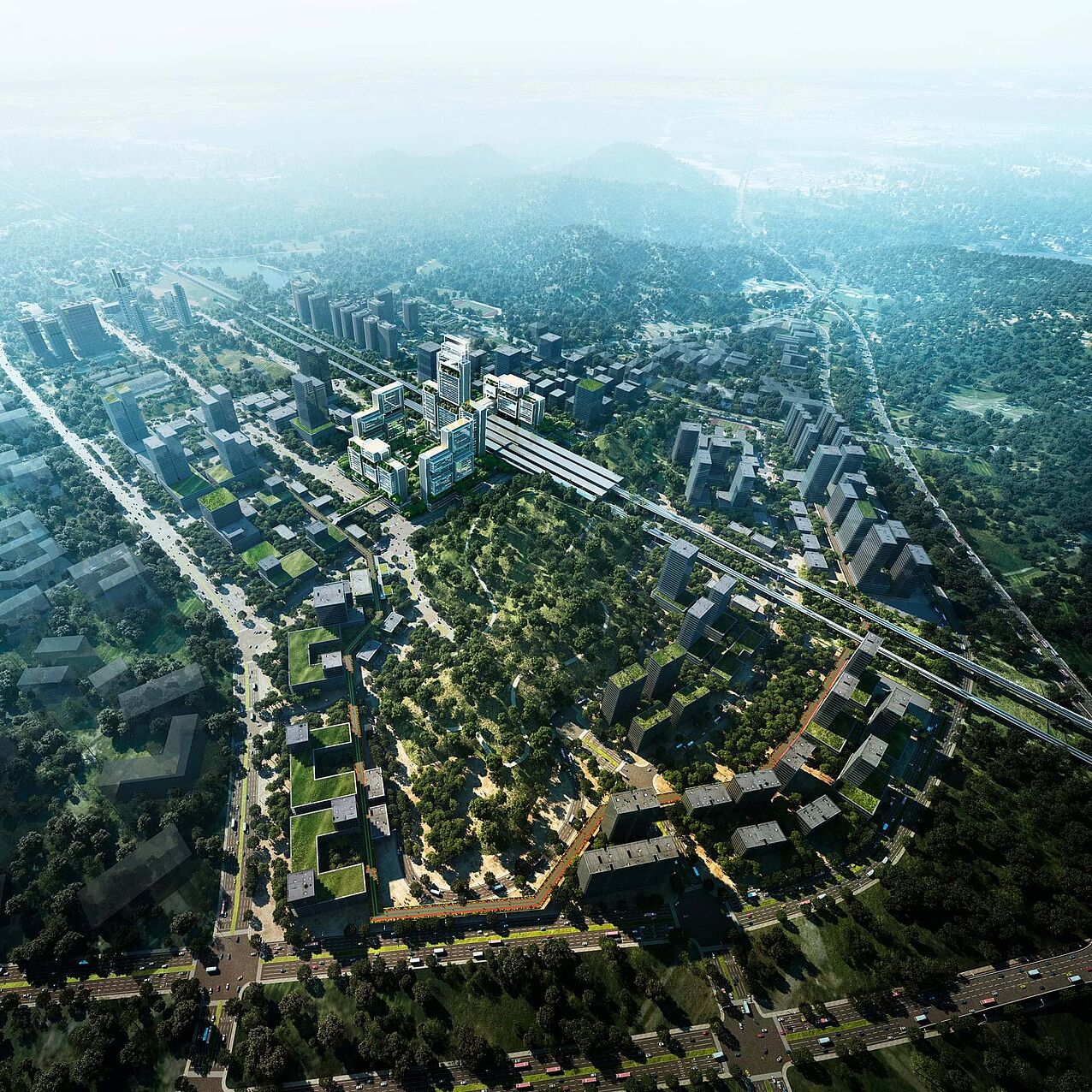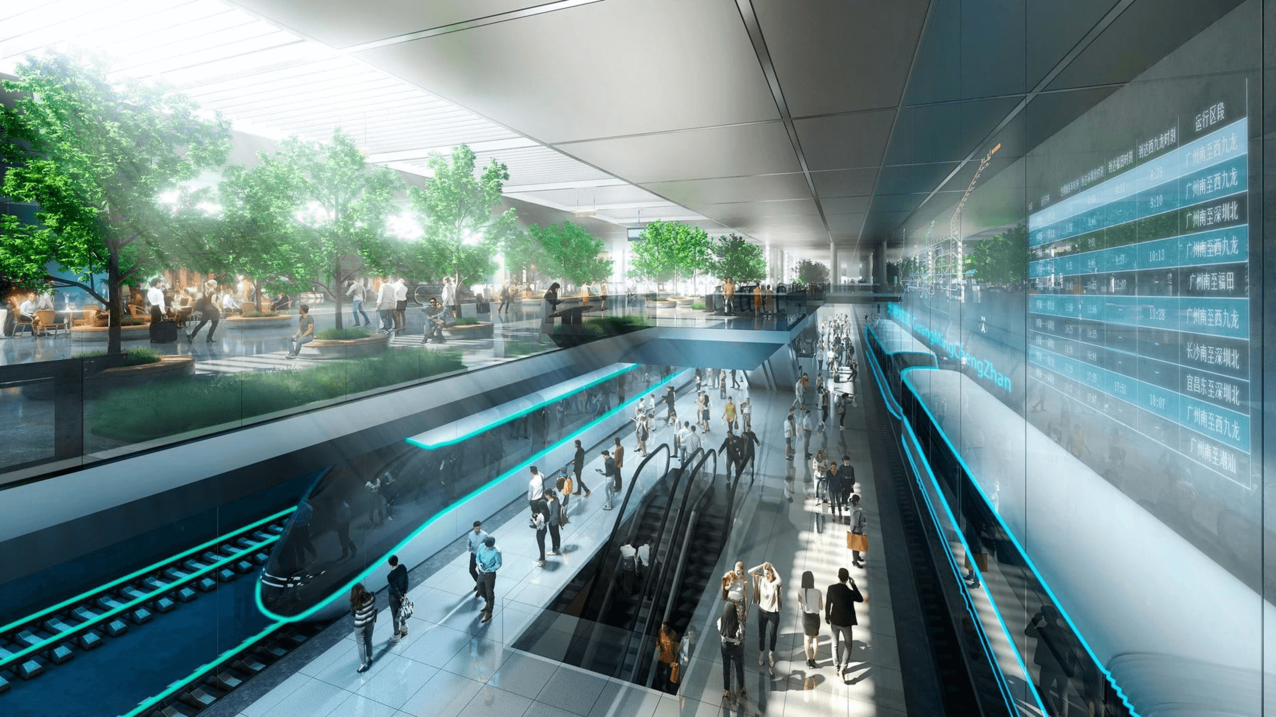Planning and Implementation with BIM and Lean at the Vollack Group
Future-oriented urban planning: A computer program was apparently largely responsible for the master plan of the Guangming Hub by Foster + Partners.
In the coming years, Shenzhen's young Guangming District is to be given a new heart around an existing station for the high-speed rail link between Hong Kong, Shenzhen and Guangzhou. Foster + Partners won the competition for the master plan for this so-called Guangming Hub. What is special about their design is that it is parametric at its core.

Showcase heart for showcase district
For several years now, China has been making great efforts to get a grip on the problems of its rapid growth. The city of Shenzhen plays an important role in this. A good 40 years ago, just 30,000 people lived in the current city area. Today, there are about 12.5 million, who, together with their neighbors in Hong Kong, operate what is known as the "workbench of the world". An ideal place, therefore, for testing growth painkillers. In Shenzhen, for example, China's first so-called ecological control line was defined in 2005 to curb uncontrolled urban growth. Guangming is also a kind of model project. Since 2007, an ecological and high-tech showcase district has been under construction here, and the Guangming Hub is soon to be a showcase heart as well.

Parametrically generated design
For Foster + Partners, it was obvious to develop the center of this forward-looking district with forward-looking technology as well. For example, the firm said it used cutting-edge tools to create a smart city that supports the flow of people and goods through robust infrastructure, effective transportation networks, reliable public services and lush green spaces. Once the urban planning experts defined a set of key conditions for the hub, they fed these parameters into a custom-built computer program, which in turn spat out the supposedly perfect master plan.

This parametrically generated design was then further fine-tuned with respect to integrated human traffic connections. The two major obstacles to movement inside and outside the area are the two rail lines of the high-speed train, and the topography itself. In the master plan, they will be overcome by a network of low-speed autonomous vehicles with sky bridges, as well as areas for bicyclists and pedestrians.

Green gateway to the city
At the center of the algorithmically generated plan is the existing high-speed train station. A green spine runs across it and the tracks, while a subway station for three new metro lines is being built to the west of the station, spanning the green ribbon. Still further west, an intercity station will be added to connect the hub to the city. The two new stations will be topped by a large podium with shopping facilities and green terraces. While various office towers act as portals to the center as a modern interpretation of Chinese honor gates, the Guangming Hub as a whole proves to be a green gateway to the city.

Incorporated into the network of paths, on the sky bridge that leads over the high-speed train station, there is also a museum dedicated to the omnipresent theme of this place: traffic.





